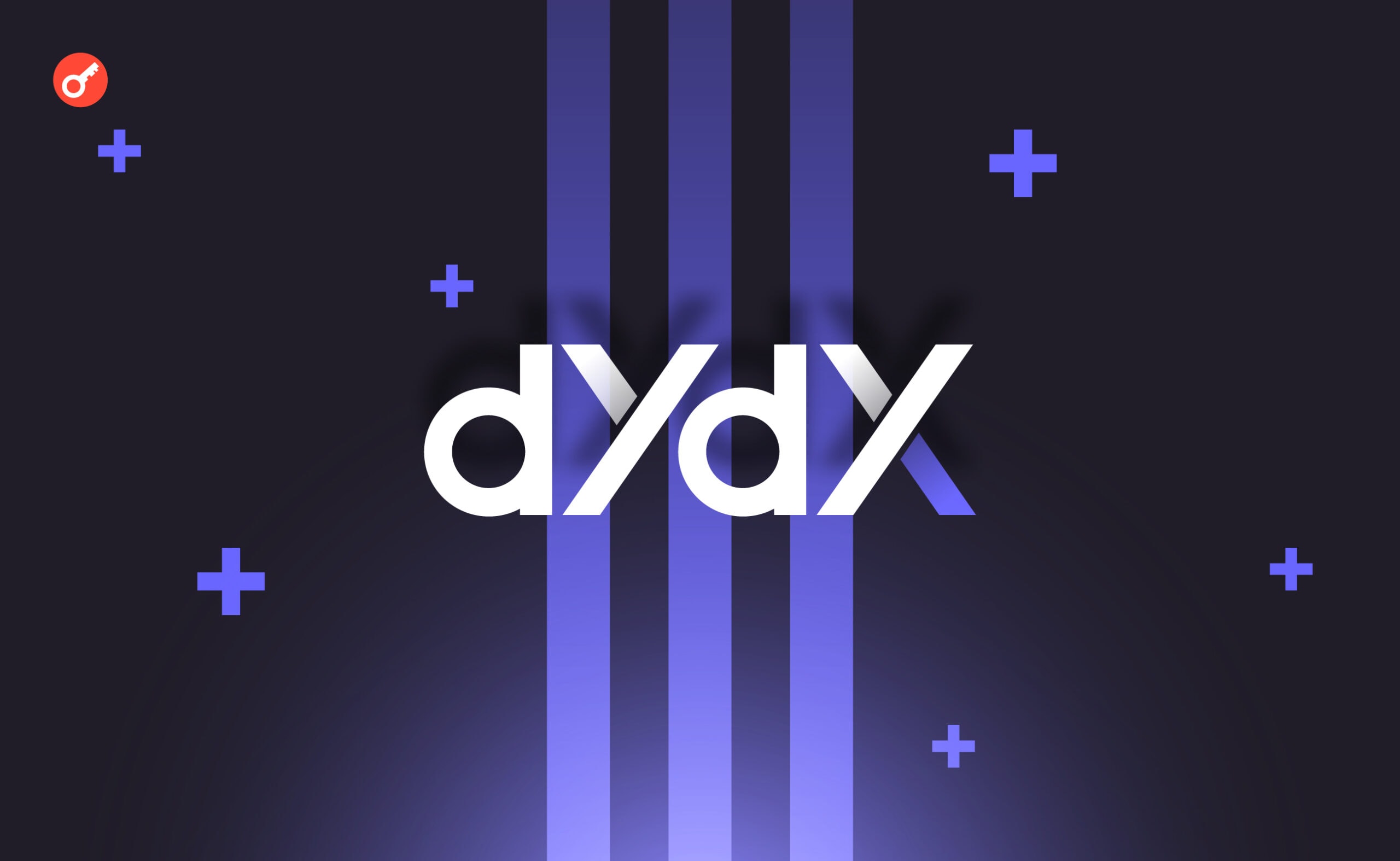Narrative vs. Utility: Which Token is Worth the Investment?
Original Title: Narrative Crypto vs Usable Crypto
Original author: @yashhsm
Compiled by: Peggy, BlockBeats
Editor's Note: In the crypto world, we're often swept up in narratives and technologies, making it difficult to discern our direction. The author of this article proposes an insightful framework: dividing the crypto world into two camps: "narrative crypto" and "usable crypto." The former drives attention through storytelling, while the latter drives value through products. These two forces are both contradictory and complementary, forming the dual driving forces of the crypto ecosystem. Whether you're a builder or a trader, this article will help you re-examine your positioning and strategy, understanding how attention translates into adoption and how narratives feed back into products.
The following is the original text:
Usable Crypto and Narrative Crypto
I used to think of the crypto world as a whole, but recently my whole perspective has shifted and I now always see the crypto world as divided into two main areas, especially from a builder’s perspective: Narrative Crypto and Usable Crypto.
Next I will explain how to understand these two and how to build products or make money based on them.
Usable Crypto
They are often the “best in business”: wallets (e.g. @phantom, @MetaMask); stablecoins (e.g. USDT, USDC); exchanges (e.g. @HyperliquidX, @Raydium, @JupiterExchange); startup platforms (e.g. @pumpdotfun); robots and trading terminals (e.g. @AxiomExchange); DeFi protocols (e.g. @aave, @kamino, @LidoFinance), and so on.
These products actually work and can generate huge revenue.
Narrative Crypto
Typically have a grand story or vision (market cap of $100B+) that is powerful enough to change the world: Bitcoin (the narrative of "better money" or "digital gold"); AI x Crypto (most GPU infrastructure and agent frameworks); decentralized science (DeSci) or intellectual property projects (such as Story Protocol); new L1/L2 (such as stablecoin-driven L1 or perpetual contract L2); privacy coins (such as @Zcash); restaking and other infrastructure projects; x402
These projects generate little to no revenue, but their powerful narratives attract both institutional and retail investors, driving up the value of their tokens.
The two are not mutually exclusive, but can complement each other
for example:
Zcash’s daily transaction volume is actually quite low (5–10k transactions per day), but its current “privacy” narrative is very strong, so it has gained a lot of attention. This attention may in turn drive its usability (see the recent surge in transaction volume).
Another example: The x402 launched by @CoinbaseDev has almost no actual use, but has recently become a hot topic, and speculation will also bring more attention and use.
I always think of this as a spectrum:
Both are equally important because they reinforce each other:
Narrative Crypto → Sparks Speculation → Drives Usable Crypto Adoption
In usable encryption, the product (user) is king;
In narrative crypto, community is king.
The Builder's Dilemma
Every builder faces a question: should they build a narrative project or a usable project?
A simple criterion:
If you’re good at grabbing attention and charismatic enough to start a movement (or if you’re “scammy enough” — that’s a skill and a compliment!), then you should build a narrative crypto project.
For example, if you're good at token economics, CEX listings, and networking, then you should focus on building a grand narrative and vision. Once the narrative is strong enough, it can become useful—like Solana, where capital attracted talent and ultimately made the chain practical.
If you want to build a narrative with a market cap of $1B+, you have to start from first principles and think about the unique possibilities that crypto technology can enable.
Is this vision compelling enough? If realized, can it support a $100 billion+ market? Is it attractive enough for retail investors? (For example, Plasma, while not yet in use, achieved a $14 billion valuation at its TGE thanks to the narrative of a "$1 trillion stablecoin market.")
If you’re good at product, you should build usable crypto projects — projects that solve a problem in a niche market (like Axiom for memecoin traders, or a DeFi protocol).
The core of usable crypto is building products that traders (or crypto natives) need directly (such as terminals/exchanges) or indirectly (such as stablecoins). This doesn't necessarily serve speculation; the same product can also have non-speculative uses (such as using a stablecoin for payments).
In addition, narrative is also important here (for example, Polymarket’s narrative is “prediction market”) - narrative is marketing.
Of course, you can build both at the same time, but it’s best to focus on one at first and build a strong advantage in it. Finding your “edge advantage” is the key.
For traders
You’re always betting on narrative.
You’re betting on the narratives you believe will have the most promise in the coming weeks, months, or even years.
Everyone who trades tokens is essentially playing the game of “attention arbitrage”—buying projects that are gaining attention and selling projects that are outdated. For example, the rotation from perpetual contract coins to privacy coins to AI coins.
You bet on the teams within a given narrative that you think have the best chance of gaining traction and becoming the alpha or beta project within that narrative. If they do, your bet will take off.
TL;DR
Usable encryption and narrative encryption are two equally important aspects of the encryption world.
As a builder, you should choose a direction at the beginning and strive for perfection in it. Once you have established a foothold in one direction, you can expand to another direction, which is the ultimate goal.
I learned this the hard way while running a full-time business over the past year. I used to think in the middle of the road, and ended up accomplishing nothing.
But at the end of the day, it's a game - and you have to play by the market's rules.
You May Also Like

Community calls on dYdX Foundation to restore $25 million migration bridge due to blocked tokens

AI Labs: Mercor’s Bold Strategy Unlocks Priceless Industry Data
